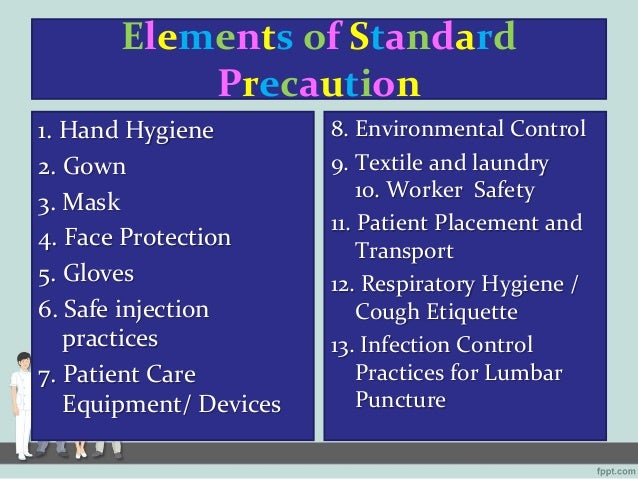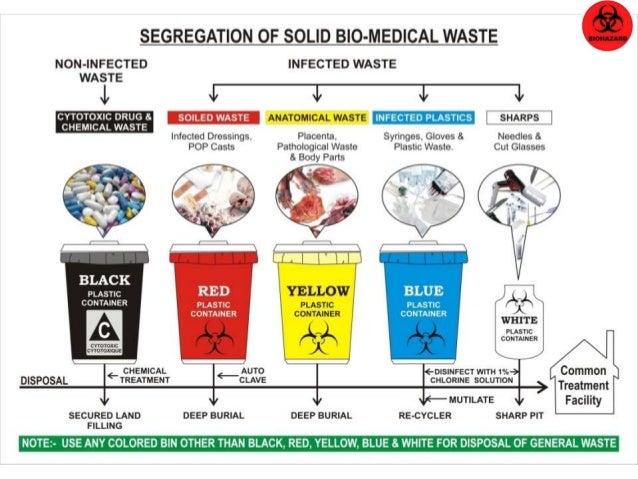emergency department interview questions
Emergency department interview questions
Today My friend had an Interview in one of the private hospital in Dubai. She is having Emergency department experience. I am enlisting the questions asked to her , which will help you to attend an oral interview.
1. tell me about yourself?
2. emregency department triage system and time frame
Red-- (immediate) are used to label those who cannot survive without immediate treatment but who have a chance of survival.-Airway compromise Inadequate breathing Shock
Orange-Severe pain Cardiac pain Acutely short of breath Abnormal pulse
Yellow-(observation) for those who require observation (and possible later re-triage). Their condition is stable for the moment and, they are not in immediate danger of death. These victims will still need hospital care and would be treated immediately under normal circumstances. Pleuritic pain Persistent vomiting Significant cardiac history Moderate pain
Green-(wait) are reserved for the "walking wounded" who will need medical care at some point, after more critical injuries have been treated. Vomiting Recent mild pain Recent problem
White - (dismiss) are given to those with minor injuries for whom a doctor's care is not required.
Black tags - (expectant) are used for the deceased and for those whose injuries are so extensive that they will not be able to survive given the care that is available.

3. glasgow coma scale

4. what are the 5 vital signs?
-tempareature
-pulse rate
-Respiration
-Blood pressure
-Pain
5. hospital emergency codes
answer:
Š RED for fire
Š BLUE for adult medical emergency
Š WHITE for pediatric medical emergency
Š PINK for infant abduction
Š PURPLE for child abduction
Š YELLOW for bomb threat
Š GRAY for a combative person
Š SILVER for a person with a weapon and/or hostage situation
Š ORANGE for a hazardous material spill/release
Š TRIAGE INTERNAL for internal disaster
Š TRIAGE EXTERNAL for external disaster
6. warning signs/caution for any illness?-vital signs
7. pain scale


8. infection control measures in hospitals
-PPE
-Standard Precautions

Isolation: Good hand hygiene and Standard Precautions
help prevent the spread of organisms in the hospital.Isolation Precautions are added when needed--there arefour isolation Precaution categories:1 - AFB Isolation2 - Airborne Precautions3 - Contact Precautions4 - Droplet PrecautionsThere are two additional precautionary measures:1 - Protective Environment2 - Respiratory/Cough Etiquette
Airborne Precautions:
Airborne precautions prevent transmission of infectious agentsthat remain infectious over long distance when suspended in theair.It is important that the room is under negative pressure and thedoor is to be kept closed at all times.A surgical mask is to be worn by healthcare workers and visitorsprior to room entry.Hand hygiene before and after patient contact.Examples of diseases that would require the patient to be placedin airborne precautions include:ChickenpoxDisseminated herpes zoster (Shingles)Measles (Rubeola)
Contact Precautions:Contact Precautions is used to prevent transmission ofinfectious agents which are spread by direct or indirect contactwith the patient or the patients environment.A private room is required or a cohort procedure as directed byEpidemiology.Gowns and gloves are required when direct care will beprovided. PPE must be discarded before exiting the room.Hand hygiene before and after patient contact.Examples for appropriate use of contact precautions:Wound drainage that cannot be containedRotavirusScabiesChickenpox (as well as airborne precautions)Droplet Precautions:Droplet precautions are used in the care of patients withsuspected or confirmed infection with an agent transmittedprimarily by the droplet route.A private room is required and or cohort measure.A surgical mask must be worn upon room entry.Hand hygiene before and after patient contact.Examples of appropriate use of droplet precautions:Epiglottitis due to Haemophilus Type BInfluenzaMeningitis (Neisseria meningitides, Haemophilus influenzae Type BMumpsGerman Measles (Rubella)
-hand washing techniques
-bio medical waste management etc

WISH YOU GOOD LUCK DK ACADEMY FOR NURSES
Today My friend had an Interview in one of the private hospital in Dubai. She is having Emergency department experience. I am enlisting the questions asked to her , which will help you to attend an oral interview.
1. tell me about yourself?
2. emregency department triage system and time frame
Red-- (immediate) are used to label those who cannot survive without immediate treatment but who have a chance of survival.-Airway compromise Inadequate breathing Shock
Orange-Severe pain Cardiac pain Acutely short of breath Abnormal pulse
Yellow-(observation) for those who require observation (and possible later re-triage). Their condition is stable for the moment and, they are not in immediate danger of death. These victims will still need hospital care and would be treated immediately under normal circumstances. Pleuritic pain Persistent vomiting Significant cardiac history Moderate pain
Green-(wait) are reserved for the "walking wounded" who will need medical care at some point, after more critical injuries have been treated. Vomiting Recent mild pain Recent problem
White - (dismiss) are given to those with minor injuries for whom a doctor's care is not required.
Black tags - (expectant) are used for the deceased and for those whose injuries are so extensive that they will not be able to survive given the care that is available.
3. glasgow coma scale
4. what are the 5 vital signs?
-tempareature
-pulse rate
-Respiration
-Blood pressure
-Pain
5. hospital emergency codes
answer:
Š RED for fire
Š BLUE for adult medical emergency
Š WHITE for pediatric medical emergency
Š PINK for infant abduction
Š PURPLE for child abduction
Š YELLOW for bomb threat
Š GRAY for a combative person
Š SILVER for a person with a weapon and/or hostage situation
Š ORANGE for a hazardous material spill/release
Š TRIAGE INTERNAL for internal disaster
Š TRIAGE EXTERNAL for external disaster
6. warning signs/caution for any illness?-vital signs
7. pain scale

8. infection control measures in hospitals
-PPE
-Standard Precautions

Isolation: Good hand hygiene and Standard Precautions
help prevent the spread of organisms in the hospital.Isolation Precautions are added when needed--there arefour isolation Precaution categories:1 - AFB Isolation2 - Airborne Precautions3 - Contact Precautions4 - Droplet PrecautionsThere are two additional precautionary measures:1 - Protective Environment2 - Respiratory/Cough Etiquette
AFB Isolation:AFB is required for all patients with suspected or confirmedtuberculosis (TB). TB is spread by the airborne route.ALL AFB cases require the following:A private, negative air pressure room where the air is exchanged 6-12times per hour and exhausted to the outside of the hospitalAn “AFB Isolation Stop” sign is placed on the patient’s door;the patient’s door must remain closed at all timesAll healthcare workers must wear a N-95 particulate respirator (N95PR)to enter the room. NOTE: This is a special mask that must be fitted toeach health care workerIf the patient leaves the room for an exam, the patient must wear asurgical mask
Airborne Precautions:
Airborne precautions prevent transmission of infectious agentsthat remain infectious over long distance when suspended in theair.It is important that the room is under negative pressure and thedoor is to be kept closed at all times.A surgical mask is to be worn by healthcare workers and visitorsprior to room entry.Hand hygiene before and after patient contact.Examples of diseases that would require the patient to be placedin airborne precautions include:ChickenpoxDisseminated herpes zoster (Shingles)Measles (Rubeola)
Contact Precautions:Contact Precautions is used to prevent transmission ofinfectious agents which are spread by direct or indirect contactwith the patient or the patients environment.A private room is required or a cohort procedure as directed byEpidemiology.Gowns and gloves are required when direct care will beprovided. PPE must be discarded before exiting the room.Hand hygiene before and after patient contact.Examples for appropriate use of contact precautions:Wound drainage that cannot be containedRotavirusScabiesChickenpox (as well as airborne precautions)Droplet Precautions:Droplet precautions are used in the care of patients withsuspected or confirmed infection with an agent transmittedprimarily by the droplet route.A private room is required and or cohort measure.A surgical mask must be worn upon room entry.Hand hygiene before and after patient contact.Examples of appropriate use of droplet precautions:Epiglottitis due to Haemophilus Type BInfluenzaMeningitis (Neisseria meningitides, Haemophilus influenzae Type BMumpsGerman Measles (Rubella)
-hand washing techniques
-bio medical waste management etc

WISH YOU GOOD LUCK DK ACADEMY FOR NURSES

Comments